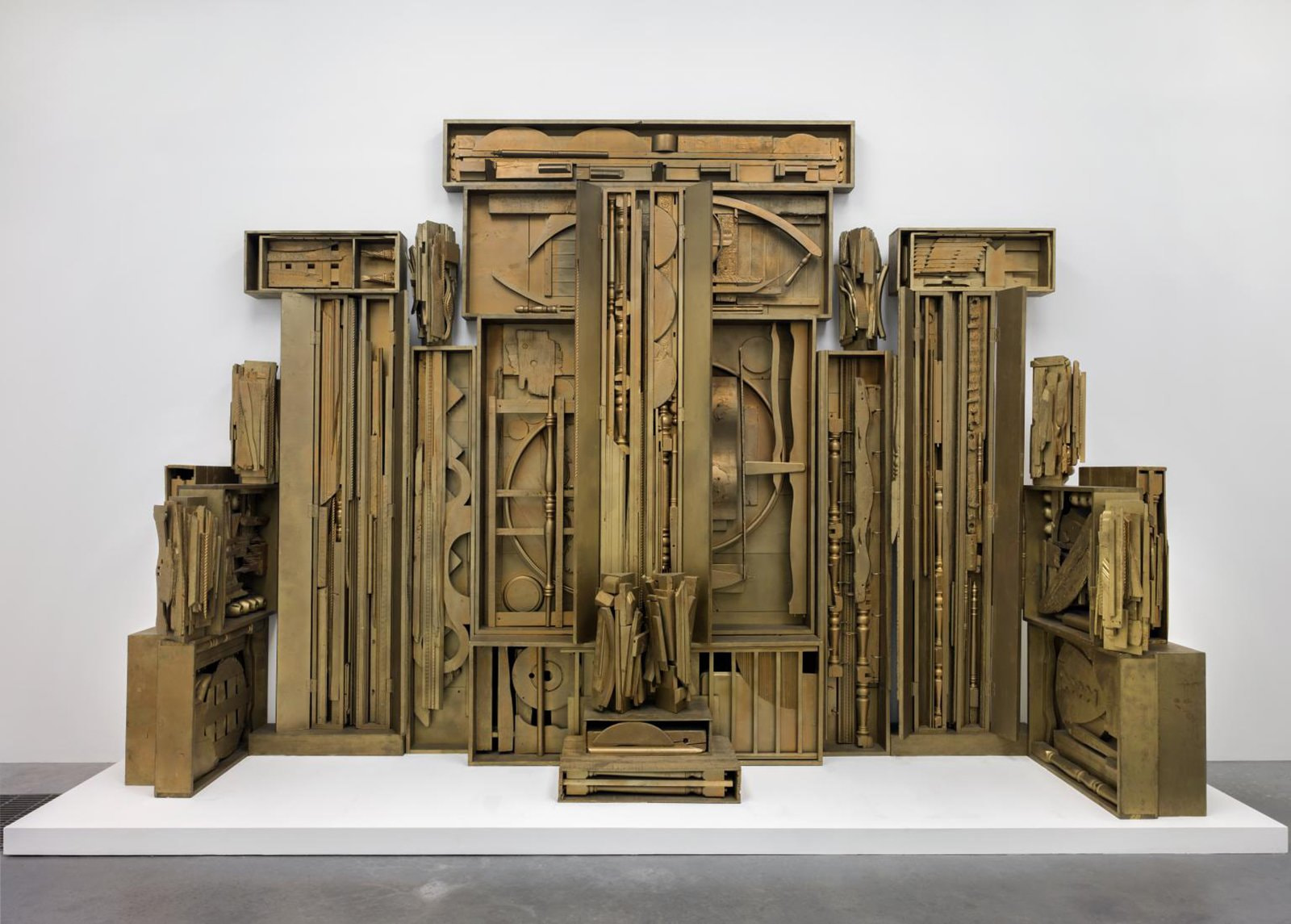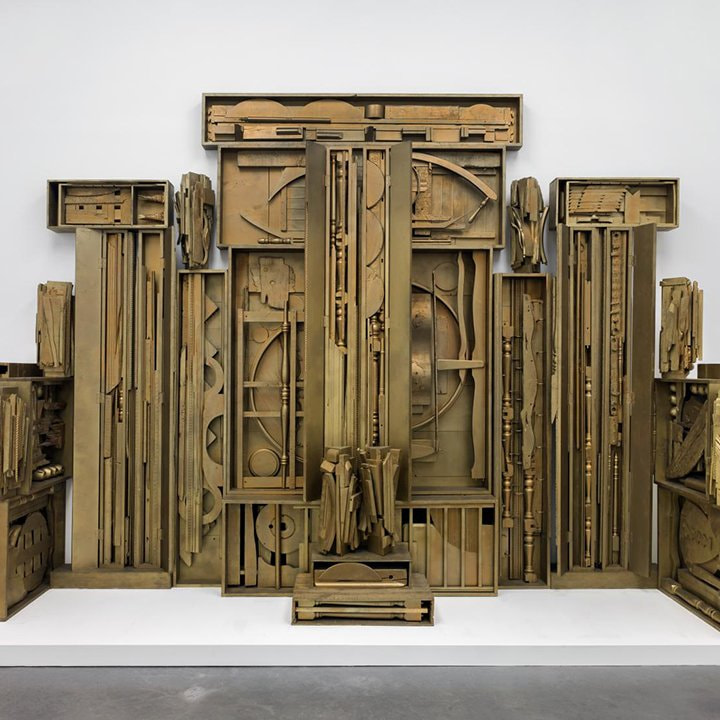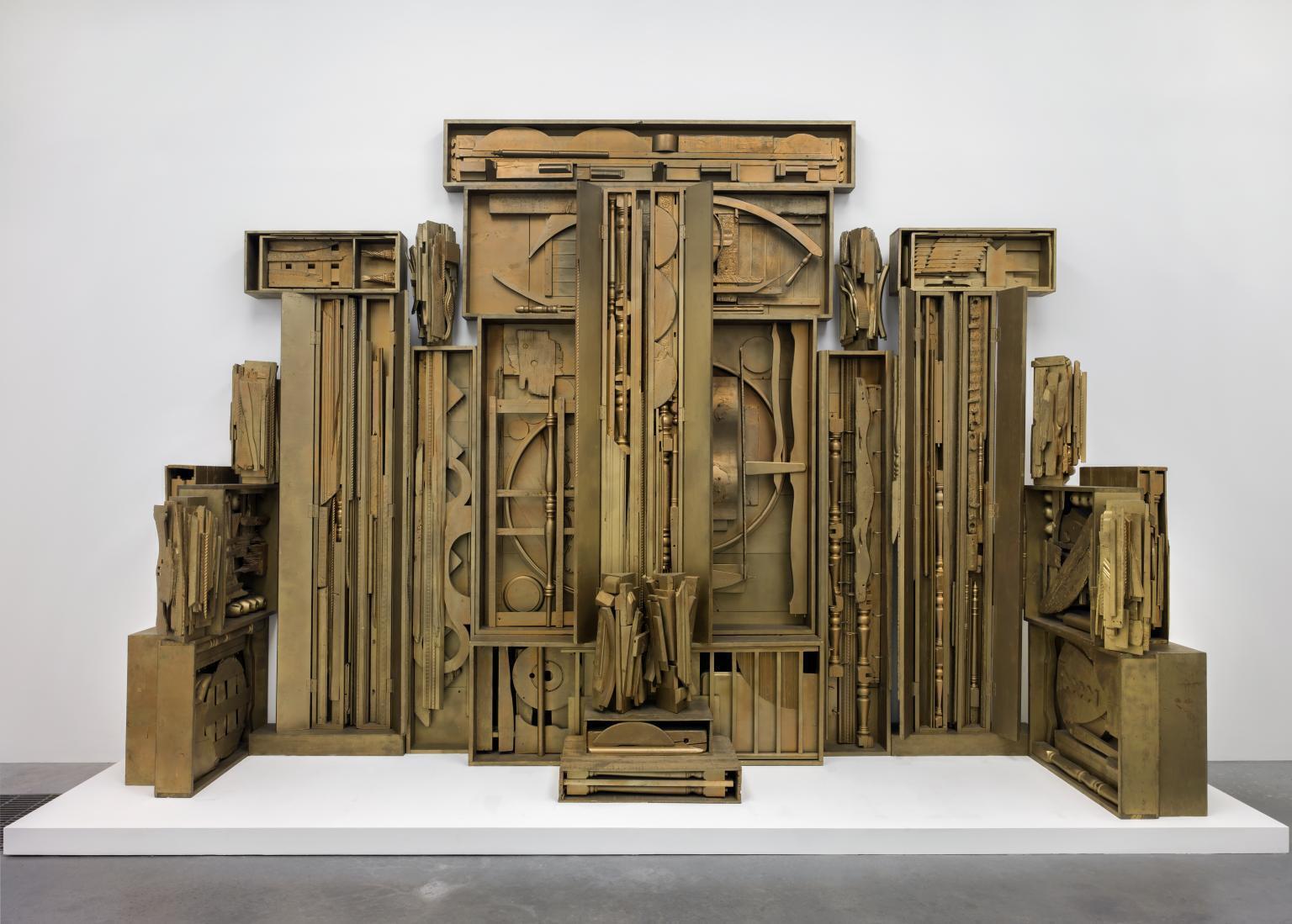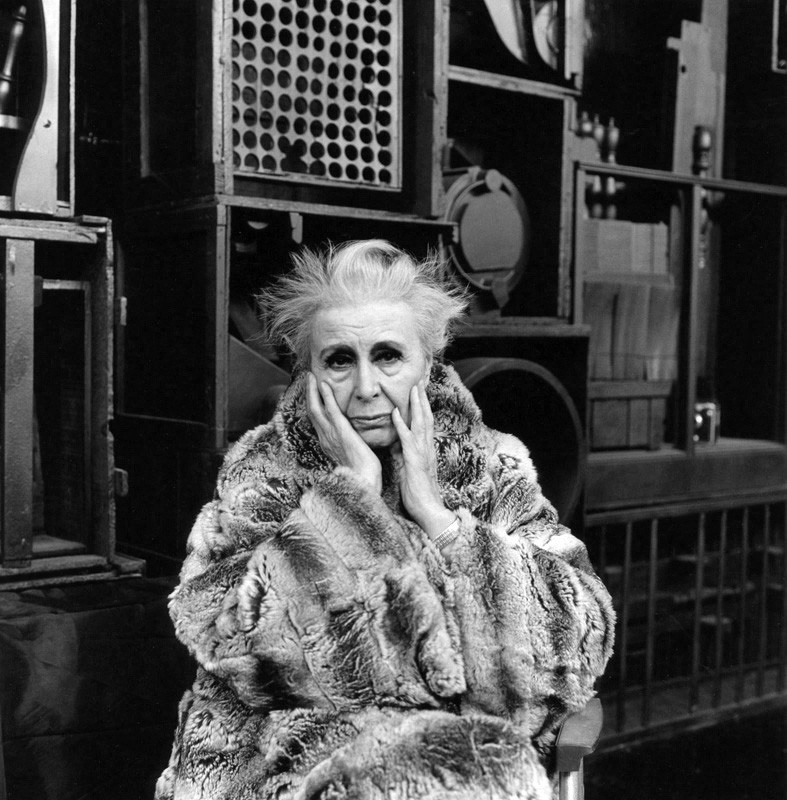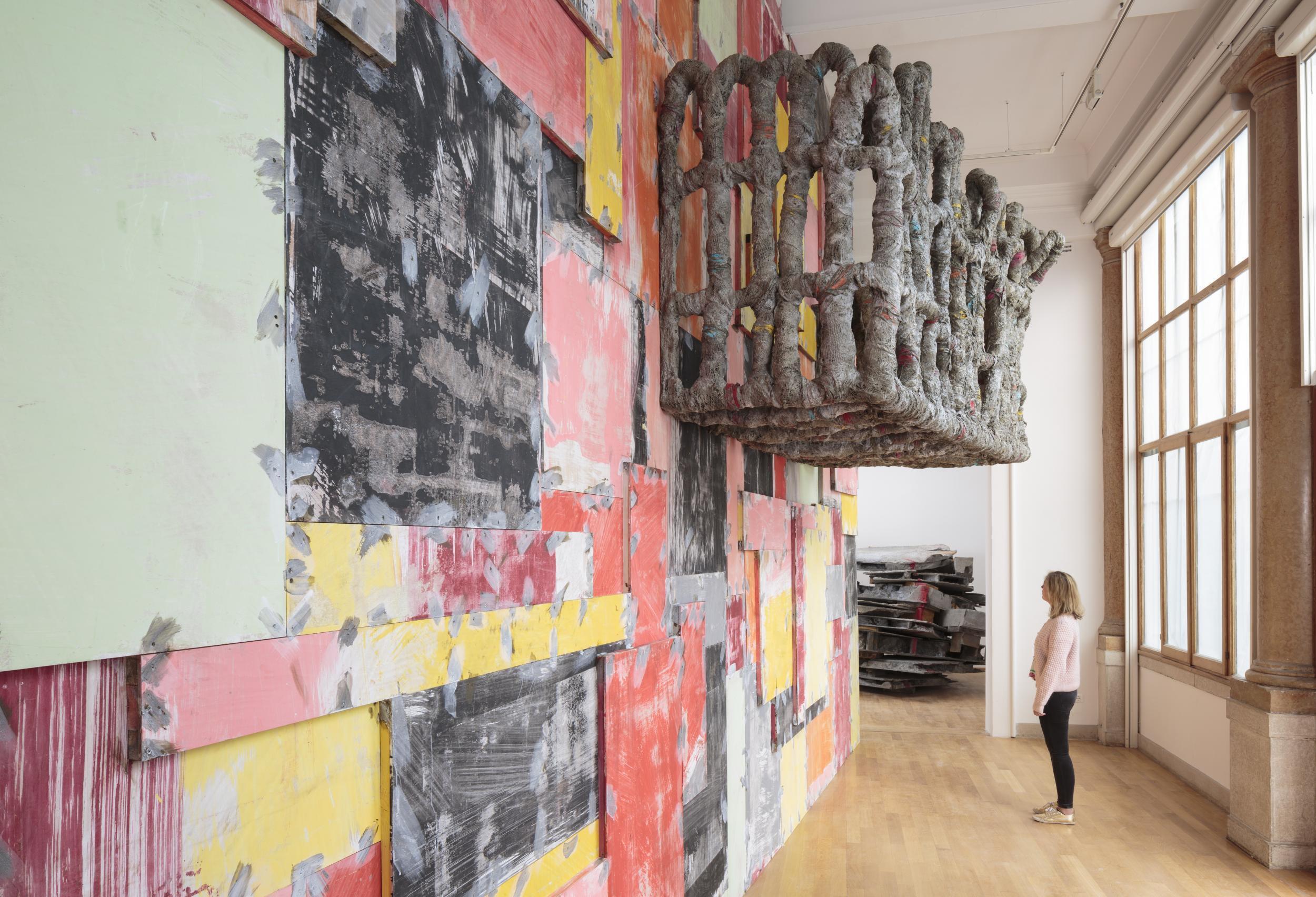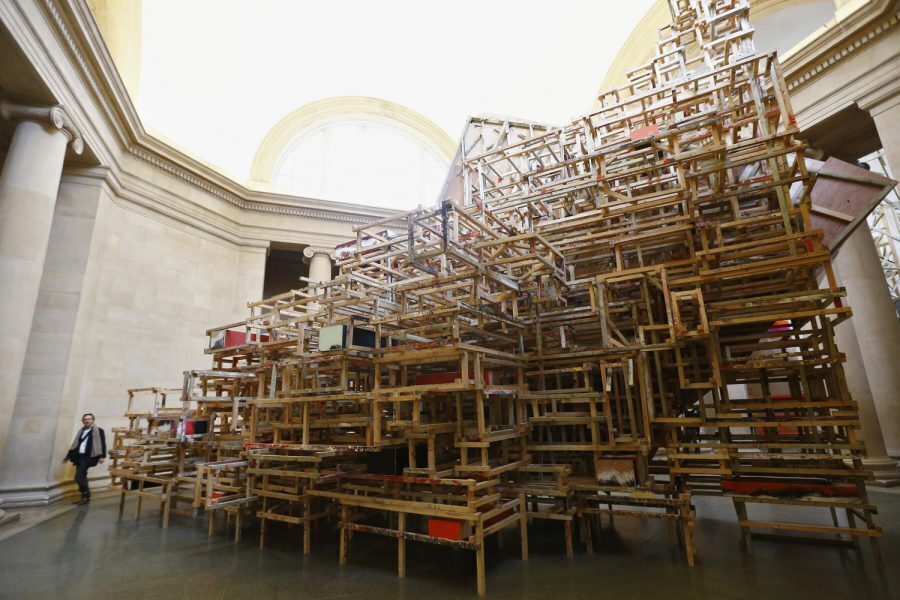The new season’s opening lecture focuses on two female sculptors whose practices have promoted feminist art, along with other aesthetic alterations.
Early in the twentieth century, the Kiev-born sculptor to be Louise Nevelson (1899–1988) migrated to the U.S. with her parents. A student of Hans Hofmann, and later, an assistant to Diego Rivera, she received equal acclaim as her famous tutors after starting to make her signature works, which combined elements of sculpture, assemblage, and installation. The first series of such objects was executed in the 1950s, and soon afterwards several of them were acquired by the Whitney Museum of American Art, MoMA New York, and the Brooklyn Museum. In full accordance with the main aesthetic trends of the era, Nevelson used non-expensive materials (primarily wood), painted her pieces completely black or white, and worked creatively with space. Nevelson participated in the 31st Venice Biennale (1962), and made a significant contribution to the feminist movement of the twentieth century.
Phyllida Barlow (b. 1944) graduated from the Chelsea College of Art and the Slade School of Art, where she also taught for almost half a century before retirement. Barlow’s comprehensive contribution to contemporary art has made her one of the leading sculptors of postwar Britain, although she has achieved worldwide acclaim only recently. In 2017, she represented her country at the 57th Venice Biennale with the installation folly in the UK pavilion, comprising multiple colorfully painted sculptural pieces inhabiting the entire space, and even spreading outside of it. Barlow’s sculpture usually combines fantastical elements with natural and anthropomorphic shapes and forms, while some of her recurring themes include birth and transformation, as well as creation, deconstruction, and decay.
